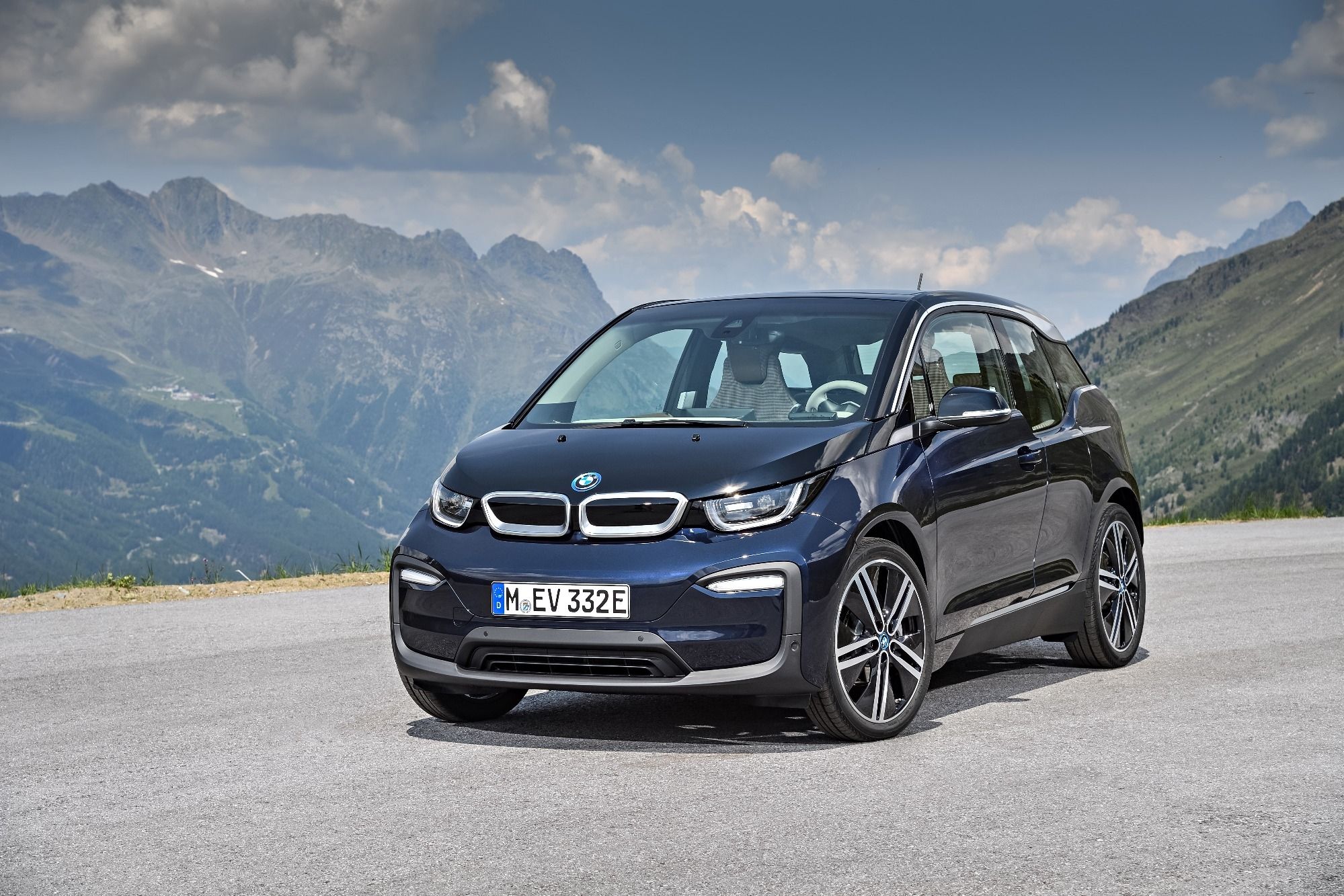
BMW was one of the first premium auto manufacturers to offer both hybrid and electric vehicles as part of its model range, and while mild hybrid offerings based on the 3 and 5 Series sedans were almost identical to the gas-powered models, the i3 and i8 were all-new designs intended to draw attention to its innovative powertrains.
According to Adrian van Hooydonk, BMW's design director, the need to showcase EVs in this manner is coming to an end. Electric vehicles in the future will look identical to their conventionally powered stablemates. "Electric mobility will spread through our entire vehicle range in quite a short space of time - to the point that electric or plug-in hybrid is just another option box you tick as you order the car," said van Hooydonk.
He did go on to say that innovative design was still a core component of the BMW brand and that the i cars especially, will showcase forward-thinking styling. One-off designs like the i3 and i8 are very expensive to develop and while early adopters are the ideal target market for these types of vehicles, the next stage in EV evolution will need to appeal to a broader cross-section of customers.
Upcoming EVs such as the iX3 SUV and i4 sedan definitely seem to follow the accepted SUV/sedan design mold but they still manage to look fresh and futuristic thanks to subtle yet effective design cues.
Truly unique designs may still be on the cards though, the range-topping Vision iNext SUV is a case in point. It promises to push the boundaries of what customers are familiar with and lay the foundations for the next generation of electric vehicles from BMW.
